All 8 Nuri Bilge Ceylan Movies
Ranked From Worst To Best [1]
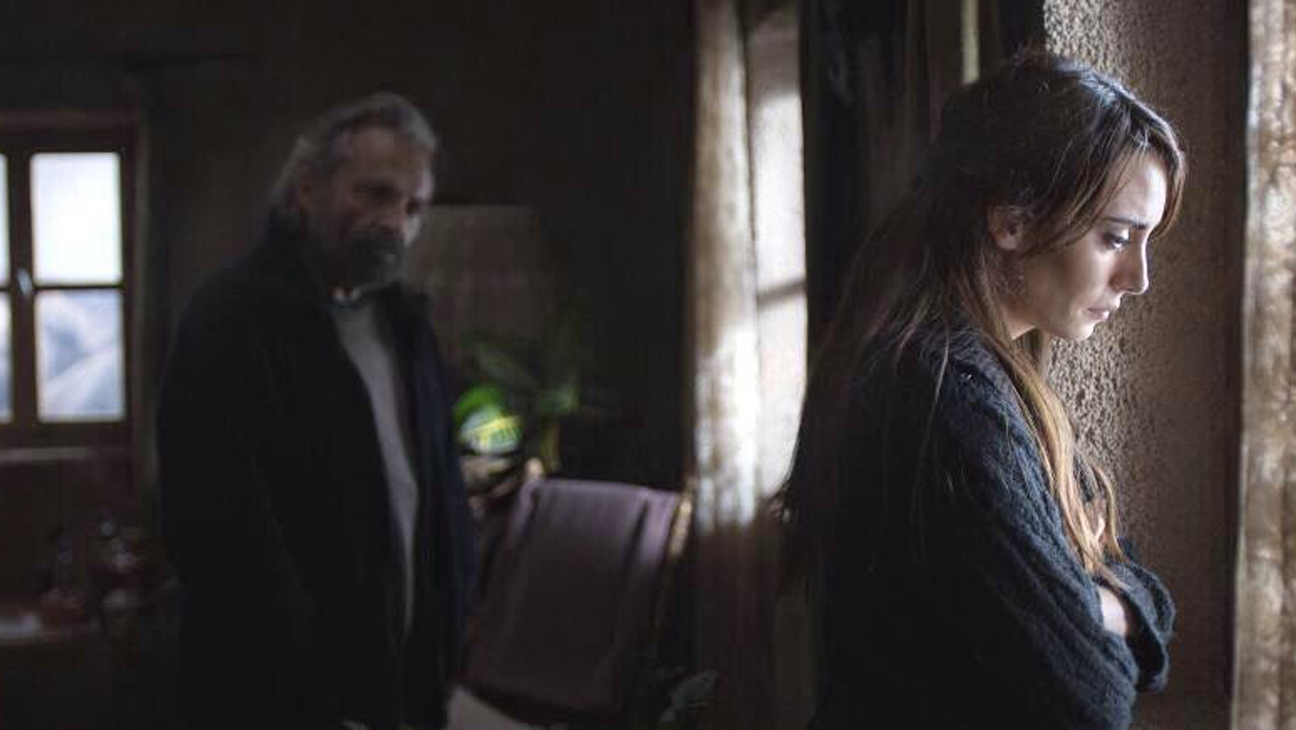
According to acclaimed Turkish film critic Asuman Suner, the first signs of New Turkish Cinema refer to the 1960s. During those years, Turkish directors who were strongly influenced by Italian neorealism started to claim similarities between dictatorships of Menderes and Mussolini and direct films akin to Italian. The situation changed after the 1980 military coup when tough censorship limited the freedom of the directors for more than 10 years.
Meanwhile, there are other critics and film historians arguing that New Turkish Cinema started in the 1990s and continues up to this day. There are several directors who represent this wave to the audience worldwide and the most acclaimed of them is Nuri Bilge Ceylan.
8. Cocoon (1995)
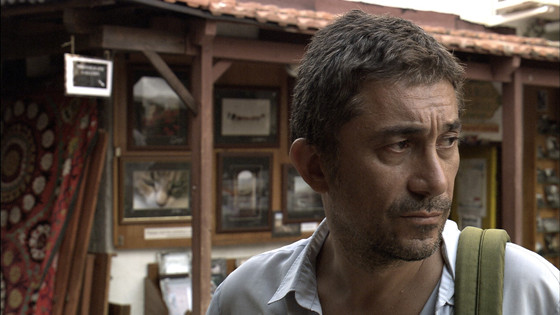
A photographer by profession, Nuri Bilge Ceylan started directing in his late 30s. “Cocoon” was his first film and it was selected in the competition program for short films at Cannes Film Festival.
The 17-minute film introduces the audience to an elderly couple and tells the story of their break-up and reunification. At the first half of the film, they are separated and the director masterfully conveys the feeling of anguish and emptiness and even panic that the characters have. At the second half of the short, the plight changes: after the wife’s return, Ceylan puts on divine music by Vyacheslav Artyomov and the sense of loneliness fades away.
The film doesn’t have any dialogue and there is no need for them. The director, who has a perfect photographic eye, expresses everything through beautiful shots of nature that are reminiscent of those by Tarkovsky. He chose his parents as main characters, whom the audience will meet in the following movies by Ceylan. The same can be said about some locations and shots that appear in the second film of the director.
It’s interesting that during the whole film, it seems to be directed by a Russian director. But Ceylan never denies the influence of Russian culture on him, and always speaks about closeness of Russian and Turkish souls.
7. Climates (2006)
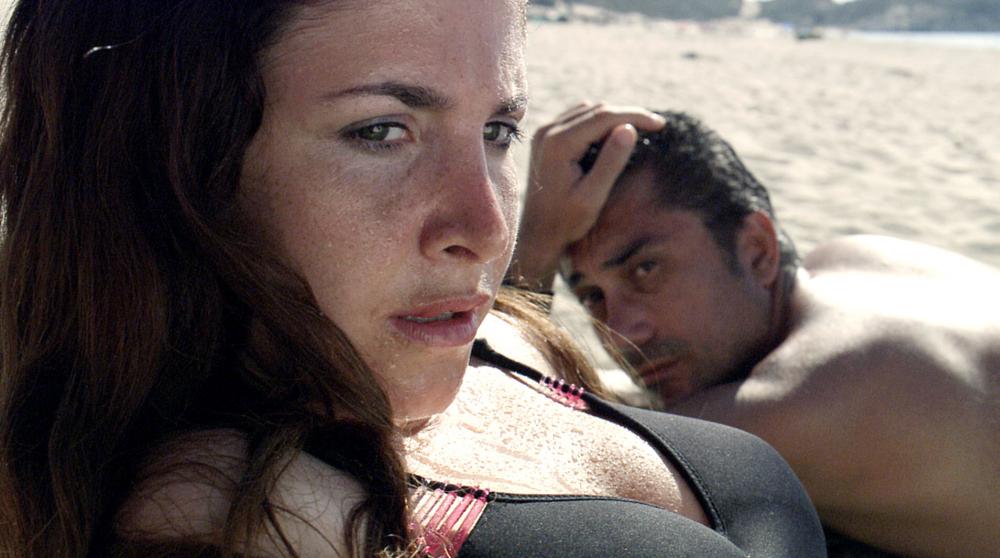
There are many movies about married couples who experince crisis in relationship or are getting devorced. While talking about such scenarios one can recall SCENES FROM A MARRIAGE (Ingmar Bergman, 1974) with its unending diolouges or FACES (John Cassavetes,, 1968) with its annoying shouts and screamings. Something completely different is captured in CLIMATES where both emotions and words are muffled.
The main characters are Isa and Bahar, who are acted by Ceylan himself and his wife Ebru. Isa in an architecture lecturer at university with an unfinished dissertation, and Bahar is working as an art director on a television series. At some point, Isa decides that they need to follow their own ways and they separate. After few months he wants to restart relations with Bahar but it’s too late, something has been broken.
As was mentioned before there are almost no dialogue between couple, which will open their thoughts and feelings to a spectator. They don’t discuss the reasons of their break-up and blame each other for things. In one of his interviews, Ceylan tries to explain why there is always a lack of expressions in his films: “The truth lies in what’s hidden, in what’s not told. Reality lies in the unspoken part of our lives… People try to protect themselves; everybody has something they want to hide. They try to hide their weak side… So it’s better without words and it allows the spectator to be more active.”
At the other extreme, it is hard to deem “Climates” as a film about marriage. Like most of the films by Ceylan, this one is also about bored and jaded intellectual who doesn’t understand what he wants from his life. His unfinished dissertation is the best indicator of his lack of motivation and unwillingness to do something. The main difference between him and Mahmud from “Distant” is that Isa hasn’t cloistered himself and continues communication with the world outside. But this makes him more vulnerable and allows him to hurt people surrounding him, Bahar in particular .
6. The Small Town (1997)
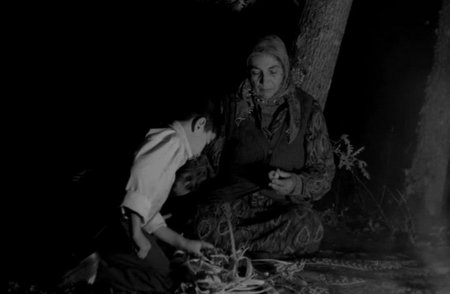
“The Small Town” is the first feature length movie of the director, which can be considered as expanded and detailed version of “Cocoon”. The similarities between these two films are obvious: same locations, plights, nature scenes, and the undeniable influence of Russian culture.
In the meantime, the film is based on memoirs of the director’s sister Emine Ceylan (“Cornfield”). Ceylan and his sister were born in Istanbul but then moved to Yenice, situated in the far west of Turkey, and the characters of the children in the movie were probably drawn from them.
The story is told from the perspective of a child and took place during the four seasons of the year. The first part is winter, which captures an ordinary school in a Turkish village. Spring is depicted through the passage of the children across the field, which also can be considered as children’s first introduction to the nature. The third and the fourth parts, summer and autumn respectively, show the time children spend with their family – parents, grandparents, and uncles, who discuss the past and the future, their problems and plans. Now children discover the world of adults with its peculiarities and difficulties.
First of all, in “The Small Town”, the director wants to show the Turkish village and the ordinary people living there, their slow and peaceful life, their daily problems, hopes and concerns, love and hatred toward hometown. Ceylan talks about one of the most disturbing problems of the Turkish community and world at large- the emptying villages that cause overcrowding in the cities.
The other theme emphasized in the film, which is very popular with directors of Turkish New Cinema, is homecoming. The theme has its equivalent in German cinema and depicts an intellectual who left his hometown to find fortune in the city, but at some point decided to come back to his roots. In the movie, it is the father of the children who came back to the village.
Almost all the events captured in the film, the characters and their problems, are more deeply examined in Ceylan’s next film- “Clouds of May”.
5. Clouds of May (1999)
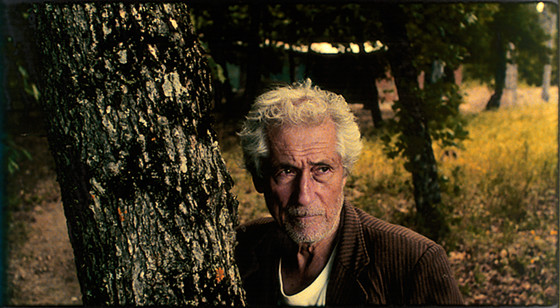
“Clouds of May” is the second part of Ceylan’s Village Trilogy. Having a structure of a film within a film, “Clouds of May” has very simple plot, telling about the problems of several characters. One of them is Muzaffer, who had returned to the hometown to shoot a movie, casting his parents as actors of the film.
The other crucial character is Emin, Muzaffer’s father, who is fighting against the government, which wants to crop the forest where Emin dedicated his life. The others are Saffet, the cousin of Muzaffer who’s hoping to quit the job in the fabric of the village and find new one with a higher salary in Istanbul, and little Ali, who believes that if he manages to carry an egg in his pocket for 40 days and doesn’t crack it, the most cherished of his dreams will come true.
By choosing these characters, Ceylan wants to show the situation in a contemporary Turkish village. He depicts three generation of villagers and the differences between them. While the older one still struggles to maintain his land, the younger one dreams of fleeing to the big city with big opportunities. As it regards the youngest generation, which in the film is presented through Ali, they still believe in miracles and only time will show if they are ready to fight for their land or the process of urbanization will win.
The film is dedicated to Anton Chekhov and bears a strong influence of the Russian writer, just like the other films by Ceylan. And as the director once said regarding this reference to Chekhov: “Whatever you write, Chekhov wrote something about it: every aspect of life, every kind of character. So if you have read all of the Chekhov stories, you remember them when you write the script and you like to inject it somewhere in the script. He gives you ideas like thunder in the mind.”
4. Three Monkeys (2008)

One of the distinct traits in films by Ceylan is that he avoids shooting about politics and even if he does so, the theme is something more akin to a background for the main story, which supports the storyline and makes it more dense and interesting.
“Three Monkeys” has a special place in his filmography. It is a strong social drama about a family of three, which contains political elements and mystic aspects.
The story begins when wealthy businessman, Servet, who is entering politics, hits a pedestrian and runs away. To avoid imminent resonance in the media, he decides to ask his driver Eyup take the fall and offers him money instead. While Eyup is in jail, Servet and Hacer, the wife of the driver, start a love affair. The situation becomes more complicated when the son, Ismail, learns about the affair between his mother and his father’s boss.
The title of the movie refers to a Japanese parable about three monkeys: “see no evil, hear no evil, speak no evil.” The characters are like these apes – they decide to not pay attention to the evil that is around. As a result, they are involved in it or sometimes even cause it to happen.
Like in previous movies by the director, the silence around the events in “Three Monkeys” that shape the lives of the family members is present. They don’t discuss treachery, pain, murder or any other incident that disturbs their inner world.
Regarding the visual scenes of the film, they are perfect as always: long takes of brooding Istanbul, distant shootings, scenes in the shadow of the sun, views beyond the cell, the appearing of the ghost of a child fulfill the film with disturbance, premonition and boredom at the same time.
3. Distant (2002)
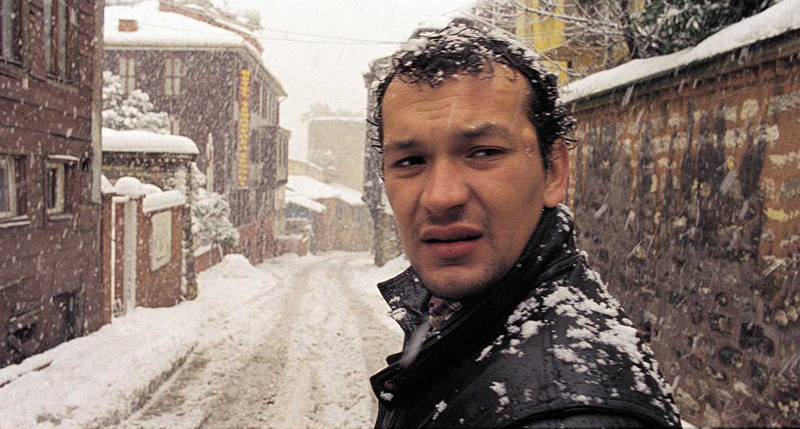
“Distant” is the last film from Ceylan’s Village Trilogy (“The Small Town” in 1997 and “Clouds of May” in 1999) and contains autobiographical elements as well. It’s a story about cousins: Mahmud is a photographer and lives in Istanbul, and the younger one, Yusuf, is from small town and has arrived to the city to find a job and temporarily lives at Mahmud’s place.
Mahmud is a person who has lost all his ideals, has stopped believing in everything, and doesn’t want to communicate with anyone. He doesn’t reply to the calls from his mother and sister, offends Yusuf, and doesn’t want to admit to his mistakes. When he accuses Yusuf of stealing his watch and then finds it in the box, he doesn’t apologize for his mistake and doesn’t even tell him that the watch has been found.
Mahmud wants him to think that his cousin doesn’t trust him. He wants to get rid of Yusuf because he reminds him of his past, the past he struggles to forget. Mahmud refuses to smoke Yusuf’s cigarettes and calls it rubbish, but these are probably the cigarettes he used to smoke when he was young. And only at the last scene after Yusuf has left, does he take his cigarettes and go back to the past for a few minutes.
The audience learns about Mahmud’s loss of ideals and meaning of life in some scenes, capturing the discussion about the death of photography. In the other scene, he decides to take a photo of the wonderful village view, but changes his mind because knows that nobody needs it. Ceylan expresses the same idea while discussing the most controversial scene of “Distant”.
The scene where Mahmud and Yusuf are watching “Stalker” by Tarkovsky and later Yusuf goes to sleep, Mahmud switches “Stalker” to a porno film. Ceylan insists that the key for this scene should be sought in the previous one when Mahmud is talking to his friends. One of them asks: “Where are your ideals? You were dreaming to direct movies like Tarkovsky.” And Mahmud puts on a film by Tarkovsky to find his ideals back, but at the end turns it off because it is easier to live without them.
In the film, Ceylan pays special attention to Istanbul. The director tries to capture the whole beauty of the city but tries to maintain the mood of Mahmud. Mahmud’s Istanbul is empty, grey, and the unstoppable snow makes us feel his desperation. “Distant” is filled with symbols such as slowly falling lampshade, a little night light, and a mouse in kitchen that Mahmud wants to catch but doesn’t dare kill.
2. Once Upon a Time in Anatolia (2011)
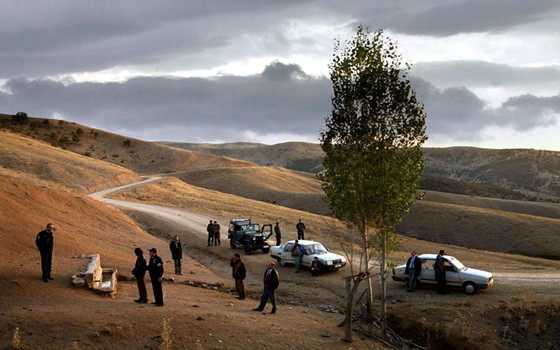
“Once Upon a Time in Anatolia” is considered a turning point in the filmography of the director. The film, which received the Grand Prix award at the Cannes Film Festival, is based on true events that took place in Anatolia and was told to Ceylan by the doctor who was part of that story. What’s interesting is that the doctor himself has an episodic role in the film.
“Once Upon a Time in Anatolia” contains a few plot lines, which are tangled up in a search of the body of murdered. Police officers, a doctor, a prosecutor, and two brothers who are suspected of committing homicide are driving around the Anatolian landscape during the night to find the body as brothers can’t recall where they had dug it.
On their way, they discuss various topics, from food and health to politics and philosophy. By using this vehicle, Ceylan tries to open up the hearts of Anatolians to an ordinary Istanbulian and other people around the world. During the film, which runs approximately three hours, some essential secrets are revealed and it makes events more interesting and explicable.
As the director has grown in similar environments of slowness and the delight of nature, he easily captures the unhurried and breathtaking views of Anatolia, and tells us about power of beauty, but at the same time shows its harshness. In spite of its magical beauty, it can be extremely cruel to people, especially women. While talking about the daughter of the village official, the doctor says she is going to wilt like a flower in that severe place.
Through depicting the sameness of the environment, Ceylan heightens the feeling of unrelieved confinement of residents in the region, and the fact that the characters face difficulties to find the place the where body is buried is used to emphasize this.
On the other hand, the film is filled with many literary and cinematic references. The sophisticated gaze of cinephiles will find many tributes to Kiarostami and Tarkovsky, and for someone inspired by classical literature, it will be interesting to note similarities with Chekhov’s stories.
1. Winter Sleep (2014)
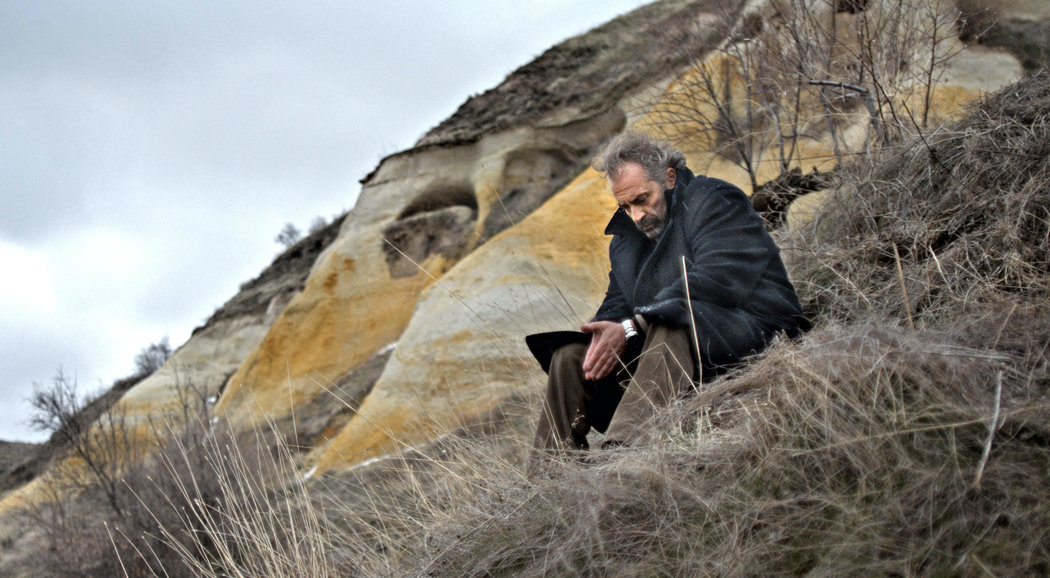
The last film (so far) directed by Ceylan is “Winter Sleep”, the second film in history of Turkish cinematography that received the Palme d’Or at the Cannes Film Festival. It is based on two short stories by Anton Chekhov- “Good People” and “The Wife”. However, Ceylan denies the film is the adaptation of the stories.
“Winter Sleep” is a story about Aydn, a retired theatre actor who keeps a hotel in Cappadocia and lives with his young wife, Nihal, and divorced sister, Nejra. Ceylan shows how untold words and unrevealed feelings can ruin relations between people, and how this can make the love fade away.
Although the loss of ideals is a common theme for all films by Ceylan, in “Winter Sleep” the only thing that Aydn has is the ideals or maybe the idea of having ideals. “You are using your ideals and beautiful words merely for humiliating others, your ideals make you hate everybody,” Nihal says during a fight with husband. Aydn has filled the whole space with his ego and arrogance and there is nothing left for Nihal, even breathing.
Every time she wants to do something on her own, he is there, trying to interfere or help. Meanwhile, from Aydn’s perspective, the plight differs: the only thing he wants is to be beside Nihal, but his pride will never let him talk about that, and all the feelings he wishes to share – love, tenderness or unbearable pain – are hidden behind his theatrical grin.
The talented Ceylan makes his audience feel the atmosphere of “Winter Sleep” more deeply by choosing wonderful locations in which to shoot. Because of the mountains of Cappadocia, snow and lonely landscape, cold colors and the heartbreaking music of Schubert, we experience the same pain and sadness, and see the loneliness of the heroes.
In an interview, Ceylan said he considers Yasujirô Ozu as a teacher and role model, but his way of expressing relationships between characters is closer to Italian director Michelangelo Antonioni. And, of course, the influence of Chekhov should not be forgotten. Once Antonioni was asked whether his films are about crises in relationships, and he replied: “It’s about their absence”.
Meanwhile, in the stories by Chekhov, characters always find strength to say what’s in their heart. The characters of Ceylan are between these two sides, but they are falling into emptiness and apathy. But the title of his last movie has a gleam of optimism and there is still hope that one day, people will wake up from their winter sleep and find back their lost ideals, feelings and love.
Author Bio: Sona Karapoghosyan is a PhD student at the faculty of Oriental Studies, YSU. Currently she is working on several film projects and writing dissertation on Turkish Cinema.






No comments:
Post a Comment